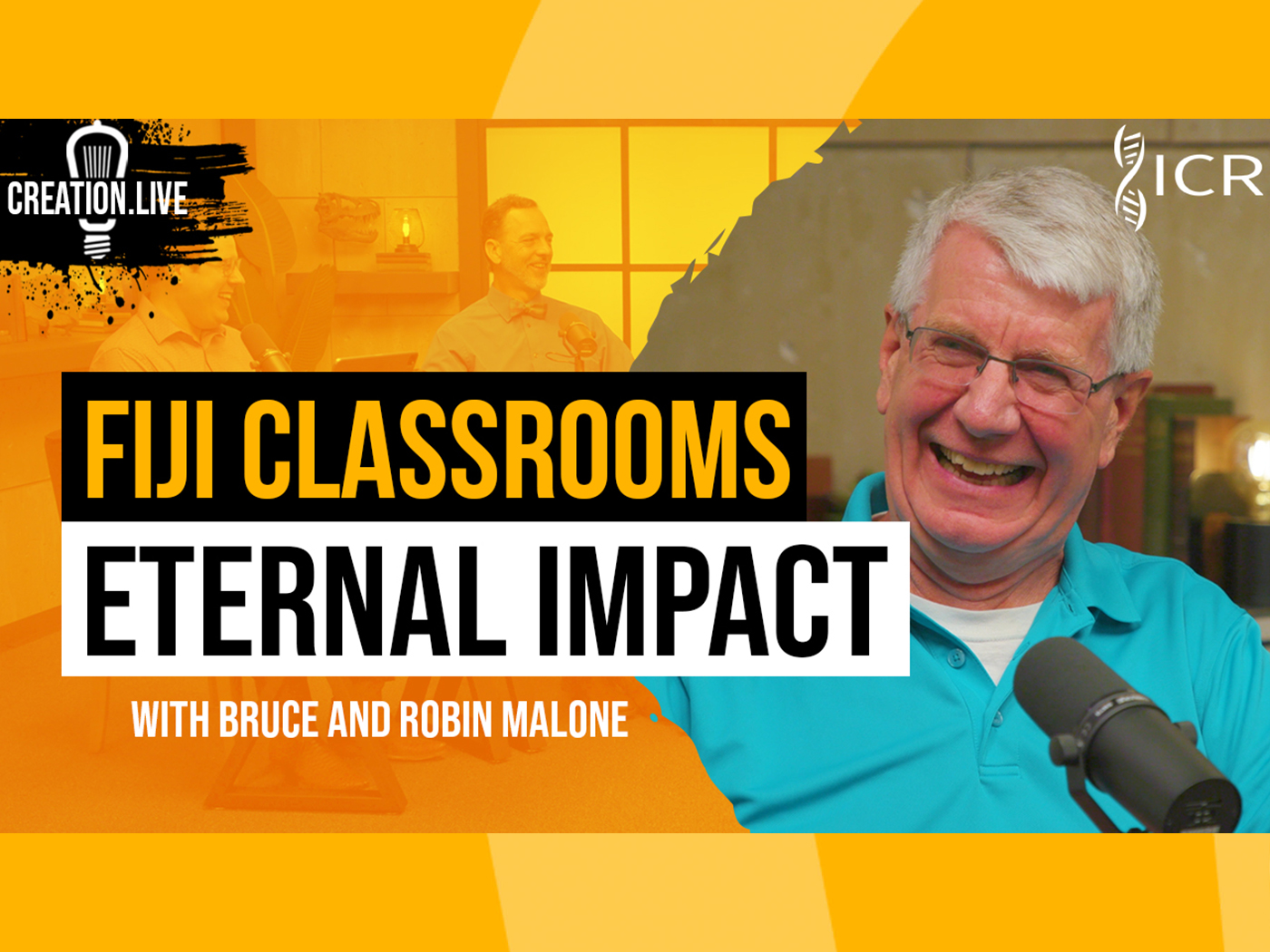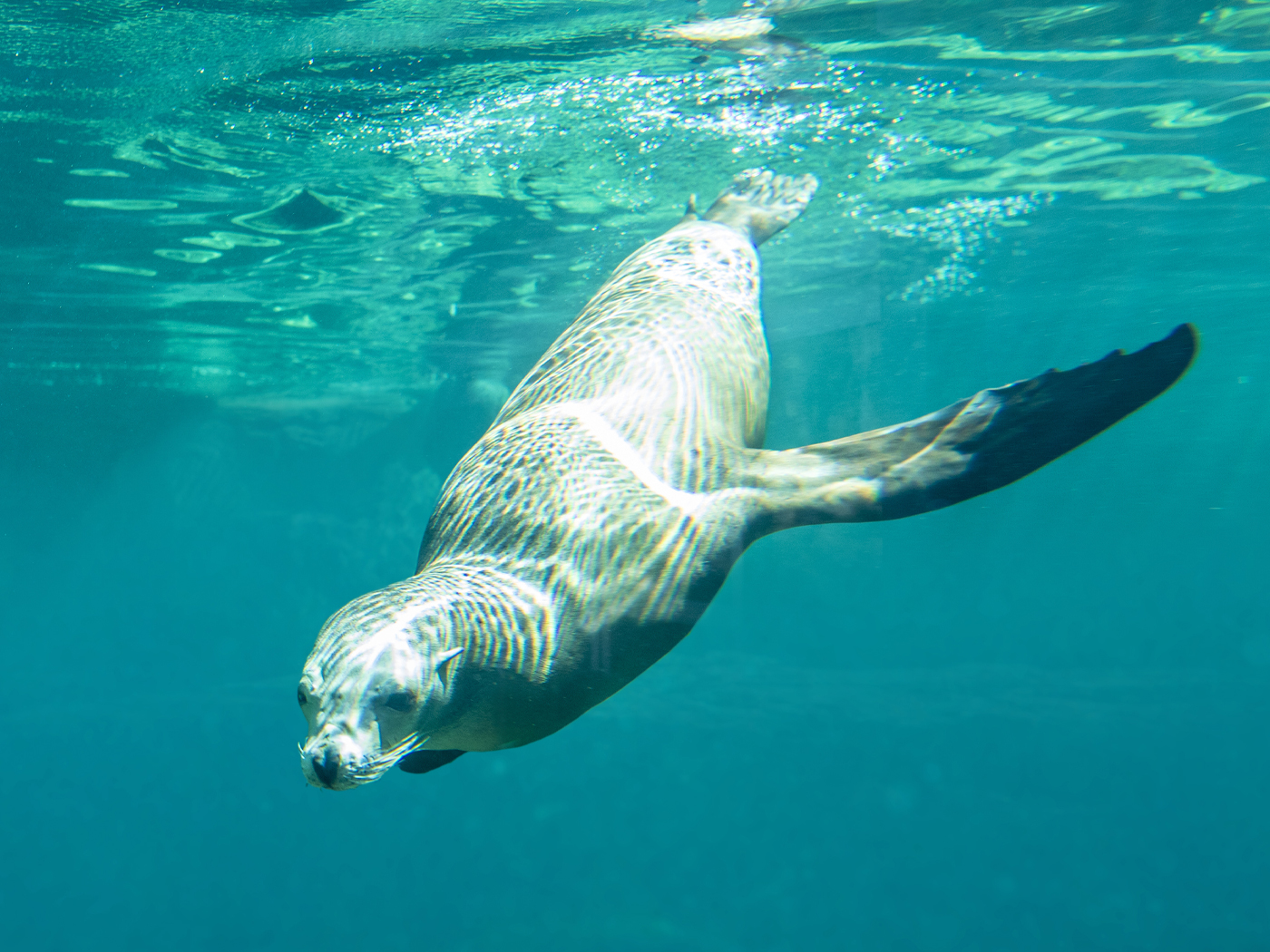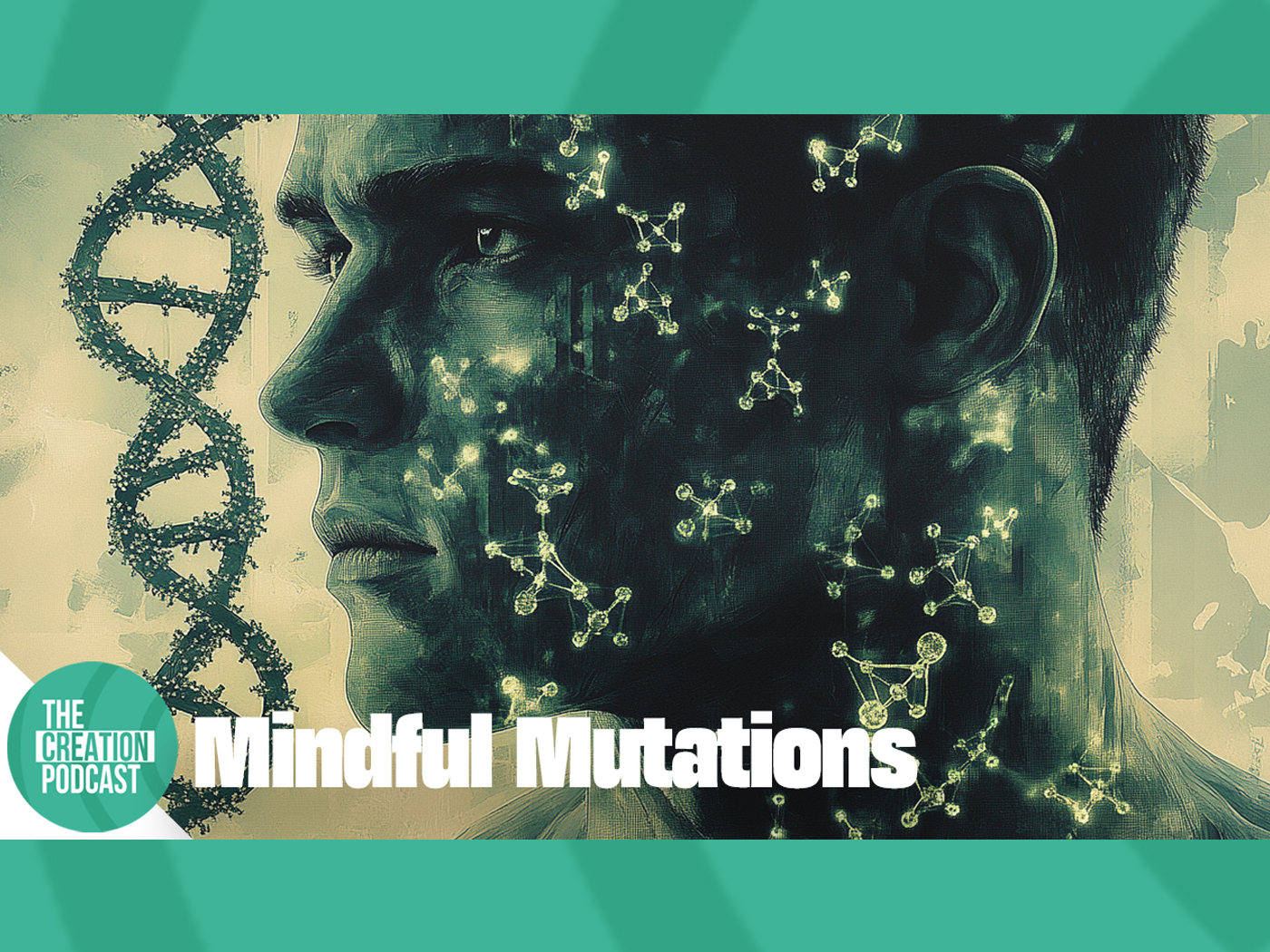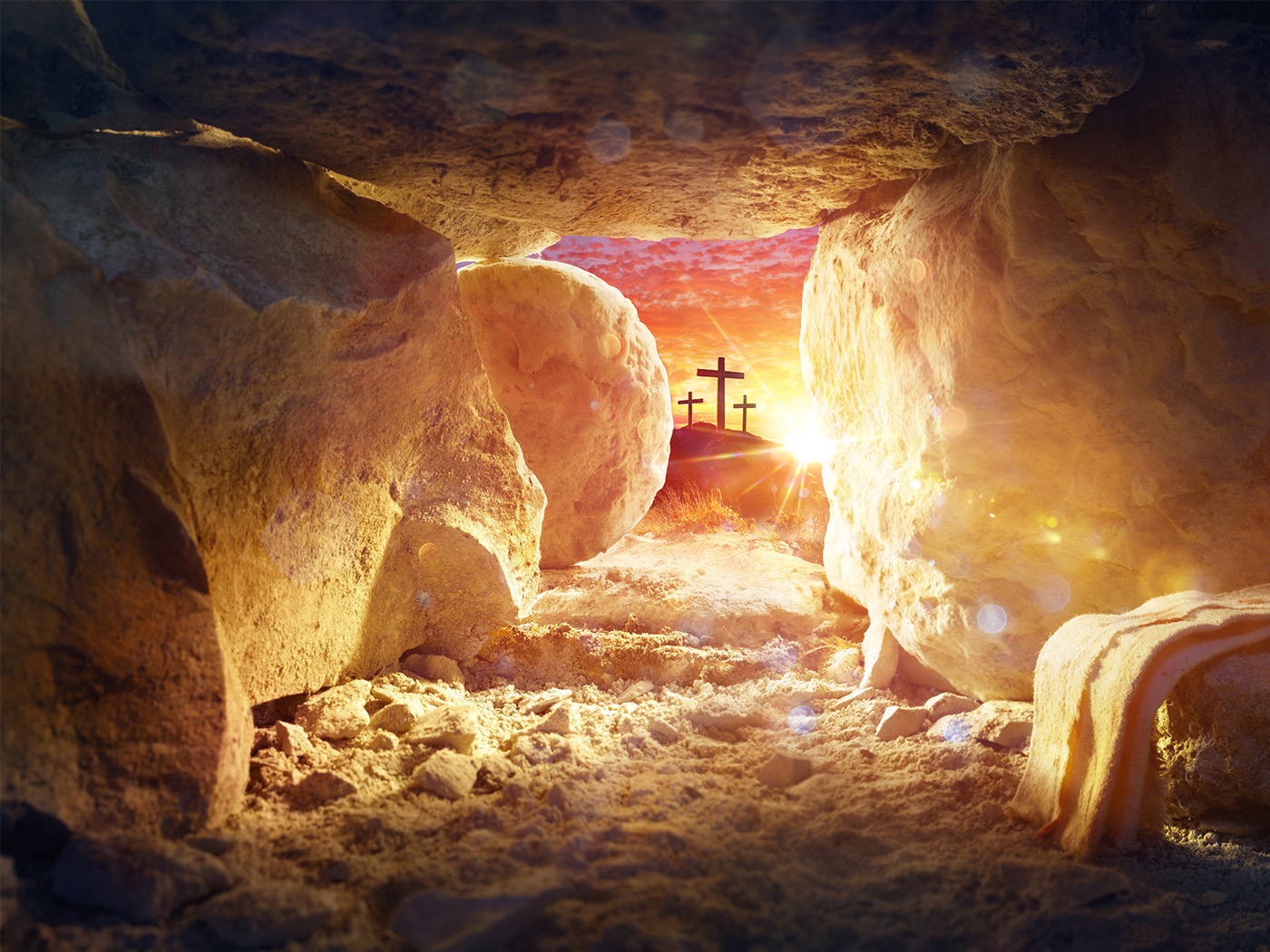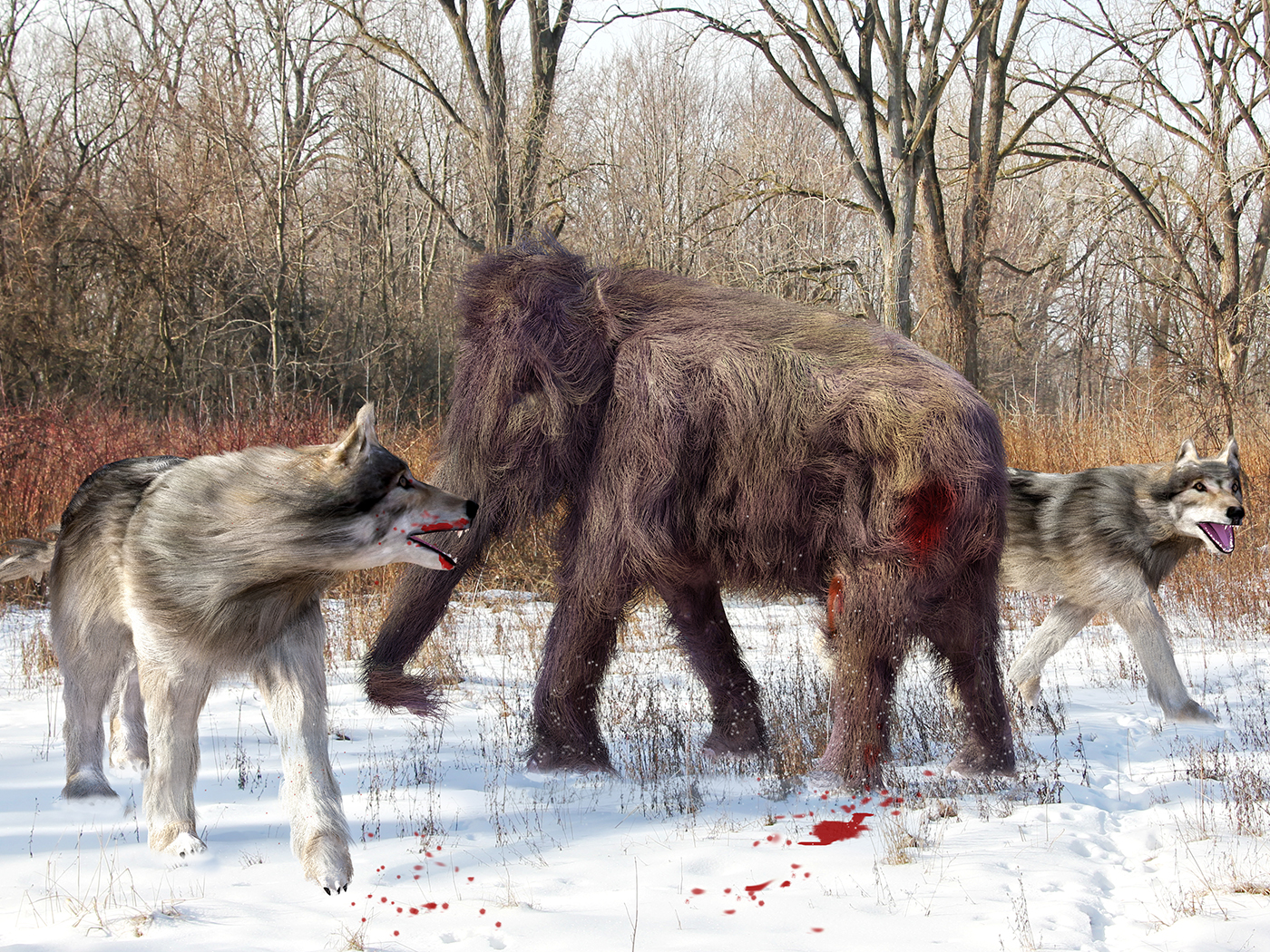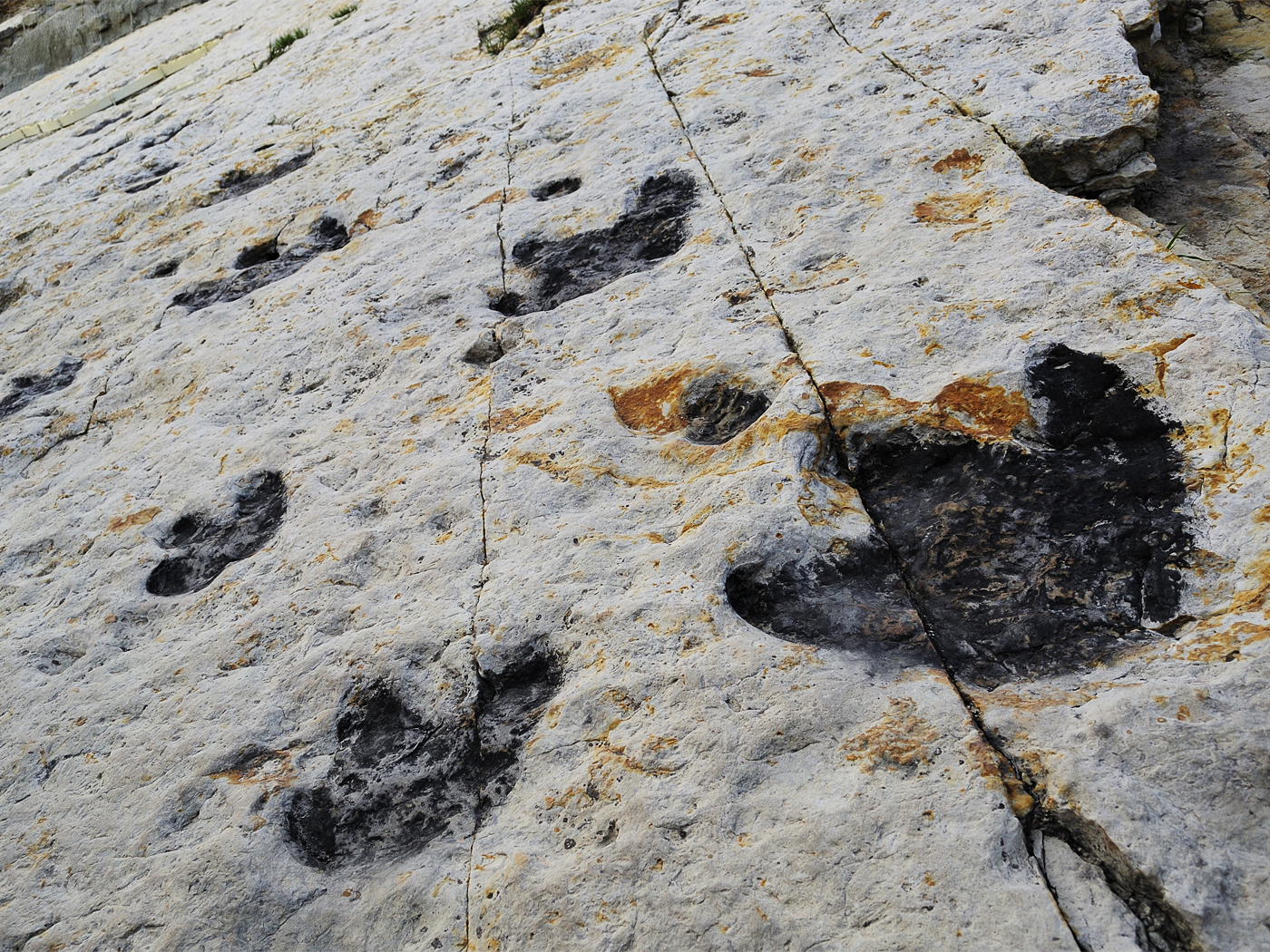There are two basic models which scientists may use when they study the origin of life. One is that all the basic life forms which may be observed in the world around us and in the fossil record were created supernaturally and instantaneously. The other is that over millions of years, atoms came together by accident to form complex organisms. Much has been written about the validity of these two origins models, but I would like to focus on the practical aspects of these alternate views. Since these two hypotheses are mutually exclusive, only one can be true, and the one that is true will have practical implications.
By way of illustration, at one time in human history, some thought the world to be flat, whereas others thought it to be round. The travel implications of a round earth would obviously mean that by continuing basically in a westerly direction (or any direction), one could eventually return to his starting point. The results of the same kind of travel on a flat earth would have significantly different and negative consequences.
This is what scientists usually find regarding various hypotheses. The ones that are true provide a foundational perspective which will be very valuable in answering the questions identified by science.
Now let us look in a practical way at the two models of the origin of life as possible tools for problem solving in science research. As we examine the concept of evolution from this practical viewpoint, it is very difficult to find a way in which this line of thought has ever helped solving a scientific problem or made a single positive contribution to society. This concept's uselessness in these areas is directly linked to its random nature, as pointed out by biomolecular chemist Dr. Michael Denton.
". . . chance is at the root of the whole edifice of evolution. It is an entirely blind process . . . no end in sight. Pure trial and error as a problem-solving device is useless in every field of human endeavor." [1]
If you wanted to build an addition onto your house that would match the style of your house and meet the needs of your family, how much progress would you make toward your goal by throwing balls of cement or pieces of wood at the side of your home? This activity, however random, would still not be "pure trial and error." You have assumed, intellectually, some of the proper materials to be used and the proper direction to throw them. To come nearer to pure trial and error, you should be blindfolded and spun around before throwing, and have a variety of materials intermixed, such as rocks, onions, and chicken feathers.
This is how the evolutionary model suggests that the first living cell came to be. Evolutionists believe that random materials came together by pure chance and formed a living cell, which is thousands of times more complex than a room addition. It is no wonder that a scenario based on such impossible probabilities would be found useless in dealing with the concerns of the real world of science.
Spontaneous generation is the evolutionary idea that life could arise from nonliving materials, rather than exclusively from an already living and a like kind of parent organism. Many variations of this basic theme and speculative notion were imagined, such as frogs from mud, maggots from meat and moths from wool.
"The idea of spontaneous generation was no doubt first suggested by universally inaccurate observations of how certain lower types of life appeared in such environments as soil, water, and especially in decaying organic substances."[2] This notion was held as fact until people like Spallanzani, Redi, and finally Pasteur, proved once and for all that all life arises from pre-existing life.[3] These scientists were able to debunk the myth of spontaneous generation by good experimental design and accurate observation. It was Louis Pasteur who finally annihilated this long-held concept, as he demonstrated that even micro-organisms could not be spontaneously generated:
". . . the resultant recognition that micro-organisms, like all the more visible forms of life, are reproduced only by their own kind, made possible the establishment of bacteriology as a precise science, and its revolutionary application in immunology and in the treatment of infectious disease." [4]
Through Pasteur's efforts in these fields, he did more for medical science and the health of the world than anyone before or since. Although he was a notably insightful scientist, any others others would have had as much opportunity of doing what he did if they had started out with the Biblical presupposition that things reproduce only "after their kind" (Genesis 1:11,21,24,25). It is very difficult to stop a pathogenic "bug" from spreading, if you think it could spontaneously pop up in your body. But if one reasons, as the creation model suggests, that for every disease organism there is a parent and a grandparent, and so on, then disease pathways can be sought, traced, and blocked. This may all seem very simple and logical now, but for hundreds of years, much of the scientific community would not give up on the idea of spontaneous generation and, in effect, tragically delayed the onset of modern medical science.
Another area of study and research in which the creation perspective would have sped up the advance of science is embryology. If we start with the basic idea that an intelligent Designer created with plan and purpose, then we are motivated to look for these purposes in the things that we see, even in the embryonic stages of life. We do not stop our investigation when we see something that resembles the structure of another organism, and immediately conclude that it is just a throwback to a presumed evolutionary ancestor.
This was done, for a time, by evolutionists, when the yolk sac and so-called gill slits of the human embryo were thought to be recapitulations of bird and fish ancestors. More investigation has shown that the yolk sac actually reproduces the essential first blood cells for the new individual--an activity that is functionally quite different from the bird egg yolk. The gill slits, which were neither gills or slits, have been more appropriately renamed pharyngeal pouches, which in humans develop into eustachian tubes, the thymus, and parathyroid glands. As scientists gave up on the recapitulation idea, it freed them to explore every area of embryonic development and to look for specific plan, purpose, and inter-dependence. Many specific distinctions have been discovered since then.
Making similar false assumptions from the evolutionary viewpoint, while looking at fully developed organisms, led evolutionists to the whole concept of vestigial organs. This view proposed that certain organs in man, as well as in various animals, are useless vestiges of structures that were useful in a former evolutionary stage. There were certainly some negative results from this kind of thinking. How many of us in past decades had our tonsils surgically removed the first time we had a sore throat? Such an operation was a reasonable thing to do, if the tonsils were just a leftover, useless organ from our evolutionary past. How much more cautious we have become about removing the tonsils, now that we know they play a role in protecting the body from disease. Had we taken a creationist perspective at first, maybe we would have realized that any organ designed into the human system had a plan and purpose, and we would not have been so quick to remove the tonsils without very significant cause. Following evolutionary thinking caused us, at one time, to have a list of over 180 vestigial organs in the human body, which included such things as the thyroid gland, the thymus, and the muscles of the ear, as well as many other organs that have useful and often essential functions.
The science classroom is another area where we continue to see the uselessness of the evolutionary model. There is no area in the study of biology where this concept is necessary or the least bit helpful. One can learn all we know about the aforementioned fields of bacteriology, immunology, and embryology, as well as cytology, botany, physiology, genetics, and any others, without a mention of evolution.
Take the area of genetics, for example. All the well-established laws of inheritance, as well as all the careful observations of science, are perfectly compatible with the creation hypothesis. Kinds of organisms have always been observed to produce like kinds, without exception. Any unexpected genetic changes in the inheritance pattern of an organism, which cannot be explained by normal laws of inheritance, are always negative or harmful, never beneficial to the organism. Evolution demands millions of these beneficial changes which have never been observed. Even the natural selection theory (survival of the fittest), which is much heralded by evolutionists, fits the creation model better. Natural selection works to eliminate weaker organisms which have accumulated too many of the negative changes, thus preventing significant change in the identity of the kind of organism. So the more we learn about inheritance, the more we see that all the observations and laws of genetics are working to keep a frog a frog and a chicken a chicken, and not to turn a frog or a chicken into some other organism, as evolution claims. It is no wonder that Colin Patterson, senior paleontologist of the British Museum, spoke of evolutionary ideas as "anti-knowledge."[5]
Evolution, at best, may have been thought of as a benign assumption in the scientific world, but in recent years we have come to realize that frequently the basic presuppositions of evolutionary thinking have actually been a malignancy retarding true scientific discovery and preventing biological research from efficiently meeting the needs of mankind in many areas. Creation with plan and purpose, on the other hand, provides an excellent basis for solving problems in the real world of scientific research. So it seems that only of the best things scientists could do for their research and for the needy world would be to develop a foundational attitude like that of the great 17th-century physical astronomer, John Kepler, who said that he was merely "thinking God's thoughts after Him."
[1] Denton, Michael, "Puzzle of the Ancient Wing," Man Alive Series, Canadian Broadcasting Corporation. MCMLXXXI.
[2] Vartanian, Aram, Dictionary of the History of Ideas, Charles Scribner's Sons, NY., vol. IV, 1973, p. 307.
[3] Easton, Thomas A. and Rischer, Carl E., Bioscope, Charles E. Merrill Pub., 1984, pp. 13,14.
[4] Vartanian, Aram, op cit., p. 311.
[5] Patterson, C., as quoted by Sunderland, L. and G. Parker, "Evolution? Prominent Scientist Reconsiders." Impact No. 108, Institute for Creation Research, 1982.
*Dr. Lindsey is a member of ICR's graduate faculty in Science Education.




